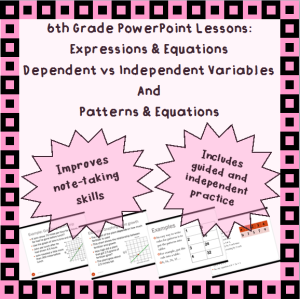For those of you who read regularly, you’ll remember that I’m working on my 7th grade line of Continuous Improvement Model mini-lesson resources. I’m making good progress and I have recently finished and posted the CCSS.ELA.RL.7.3 resource. With this, I’ve also made a bundle with RL.7.1, RL.7.2, and RL.7.3, so you can save over 15% if you are interested in all 3.
What is a CIM? The acronym “CIM” stands for “Continuous Improvement Model.” It is one name for the research-based strategy that follows the “I do,” “we do,” “you do,” teaching model. In this resource, there are 3 lessons. Lesson 1 is a teacher-modeled lesson. Lesson 2 is a collaborative lesson where the teacher leads the class. The students complete lesson 3 independently. This resource is, in and of itself, a scaffolding tool. It is designed to help students master standards in a gradual manner.
This product is a 3-5 day tool for teachers to instruct, assess, and reteach skills and concepts associated with the RL.7.3 standard: Analyze how particular elements of a story or drama interact (e.g., how setting shapes the characters or plot). It also aligns with Florida’s standard: LAFS.7.RL.1.3, because of how Florida adapted their standards. It may also align with your state’s standards if your state doesn’t use CCSS.
The only Common Core practice I’ve been able to find is general and mixed-standards. Mine is the only one I know of that does individual standard, targeted instruction and practice. It’s low-prep and easy to implement. I use literature in the public domain from reputable authors (like Kipling, Twain, and Poe – this resource uses works by Hawthorne and Maupassant), so you’re exposing your students to quality literature with targeted standards practice. It takes out all the prep and guesswork!
If you’re looking for a quick, targeted, and easy resource for this standard, come check it out!

